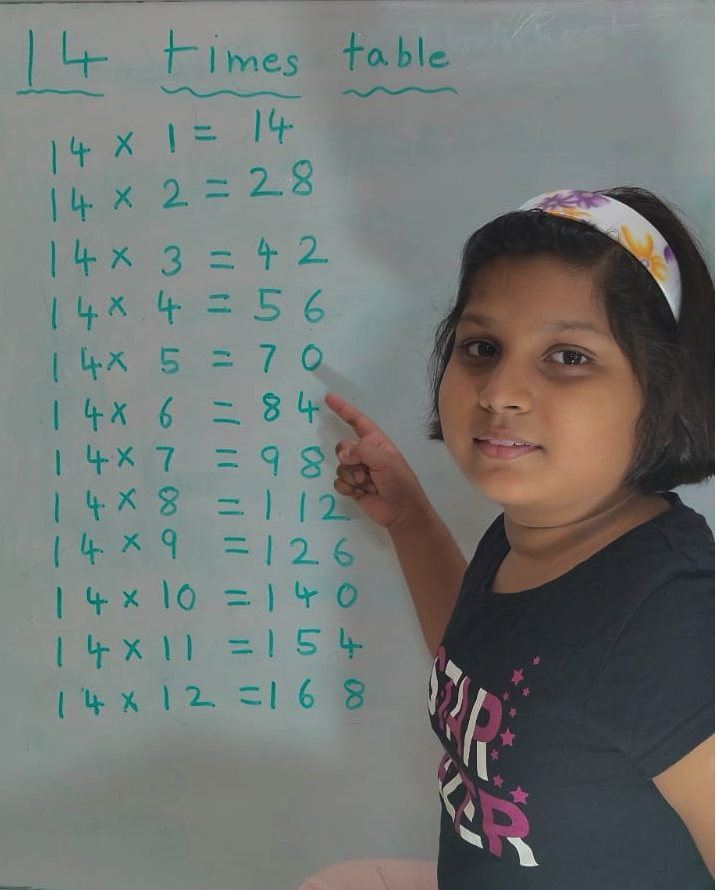Representation of Data
Collection A (shown below) represents the marks obtained by 50 students in a test of 100 marks.
Collection A
80, 70, 0, 20, 20, 45, 50, 65, 30, 50, 70, 20, 4, 90, 49, 40, 45, 30, 30, 50, 20, 80, 39, 30, 50, 50, 70, 70, 20, 40, 90, 30, 40, 50, 65, 45, 70, 79, 20, 4, 30, 50, 20, 45, 50, 45, 90, 30, 4, 50
In the collection above, 80, 70, etc., are called the terms of the collection.
Depending on the form of expression, data may be raw (i.e., ungrouped) or arrayed.
I. Raw Data: The data in Collection A have been expressed as they were collected. Such data are called raw data.
But with data in raw form, computation, analysis and interpretation become difficult. Therefore, it is necessary to arrange raw data in a systematic order.
II. Arrayed Data: Data arranged in ascending or descending order are called arrayed data. The arrayed form (in ascending order) of raw data in collection A can be expressed as shown ahead.
4, 4, 4, 20, 20, 20, 20, 20, 20, 20, 30, 30, 30, 30, 30, 30, 30, 39, 40, 40, 40, 45, 45, 45, 45, 45, 49, 50, 50, 50, 50, 50, 50, 50, 50, 50, 65, 65, 70, 70, 70, 70, 70, 79, 80, 80, 90, 90, 90, 90.
Table A
|
Marks Obtained 4 20 30 39 40 45 49 50 65 70 79 80 90 Total |
Number of Students 3 7 7 1 3 5 1 9 2 5 1 2 4 50 |
Such a table helps us answer a number of questions about the performance of the students in the test. For example:
(i) What were the lowest and the height marks obtained in the test?
Answer: The lowest mark = 4 and the highest mark = 90.
(ii) How many students of obtained the highest mark in the test?
Answer: 4 students.
(iii) How many students obtained 65 marks in the test?
Answer: 2 students
(iv) What was the mark secured by the largest number of students in the test?
Answer: 50 mark.
III. Grouped Data: The data displayed in table A can be arranged in a shorter form by grouping the whole collection as shown below
Table B
|
Marks Obtained From 0 to under 20 From 20 to under 40 From 40 to under 60 From 60 to under 80 From 80 to under 100 |
Number of Students 3 15 (i.e., 7 + 7 + 1) 18 (i.e., 3 + 5 + 1 + 9) 8 (i.e., 2 + 1) 6 (i.e., 2 + 4) |
Total number of students = 50
Table B can answer a number of questions about the
performance of the students in the test immediately.
For example:
(i) How many students secured below 20 marks in the test?
Answer: 3 students.
(ii) How many students secured 20 or above marks but below 40 marks in the test?
Answer: 15 students.
(iii) How many students secured below 40 marks in the test?
Answer: 3 + 15 = 18 students.
From Representation of Data to HOME PAGE
Didn't find what you were looking for? Or want to know more information about Math Only Math. Use this Google Search to find what you need.
Recent Articles
-
Vertical Subtraction | Examples | Word Problems| Video |Column Method
Mar 22, 25 05:20 PM
Vertical subtraction of 1-digit number are done by arranging the numbers column wise i.e., one number under the other number. How to subtract 1-digit number vertically? -
Worksheet on 11 Times Table | Printable Multiplication Table | Video
Mar 22, 25 05:08 PM
Worksheet on 11 times table can be printed out. Homeschoolers can also use these multiplication table sheets to practice at home. -
Worksheet on 10 Times Table | Printable Multiplication Table | Video
Mar 21, 25 03:46 PM
Worksheet on 10 times table can be printed out. Homeschoolers can also use these multiplication table sheets to practice at home. -
5th Grade Prime and Composite Numbers | Definitions | Examples | Math
Mar 21, 25 12:18 AM
5th grade prime and composite numbers -
14 Times Table | Read and Write Multiplication Table of 14| Video
Mar 20, 25 04:03 PM
In 14 times table we will learn how to read and write multiplication table of 14. We read fourteen times table as:One time fourteen is 14 Two times fourteen are 28 Three times fourteen are 42





New! Comments
Have your say about what you just read! Leave me a comment in the box below. Ask a Question or Answer a Question.